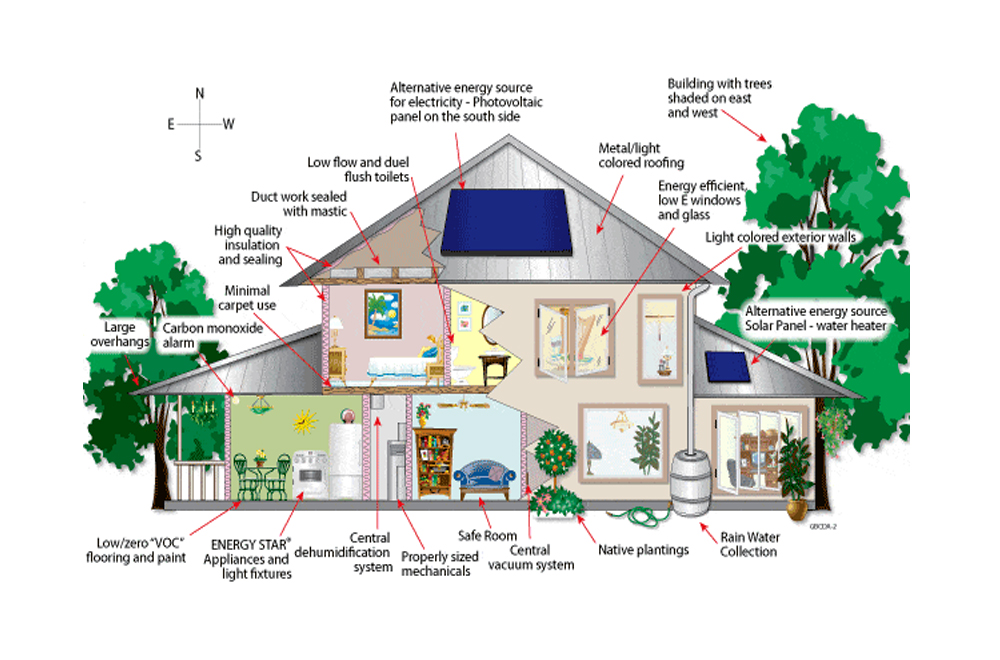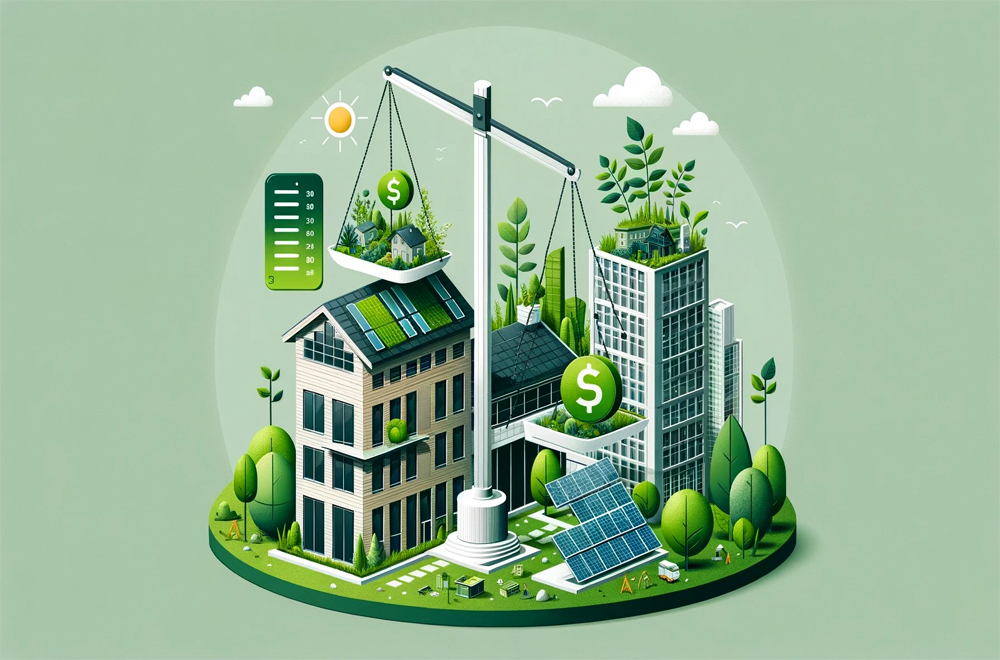Even in casual conversation, the term “bottom line” is common. Phrases like “What’s the bottom line” typically tell someone it’s time to get to the bottom of an issue. Whether that’s the lowest price you’re willing to accept for a project, or a negotiation within the family, this tends to signal the end of discussions. However, this is a colloquial use of the term. In business, we define bottom line against the “top line.” Together, these terms refer to portions of a company’s financial statement and reflect the viability of that company. As a company grows, both the top line and the bottom line should experience growth. Let’s take a look at what this means.
Table of Contents
ToggleFirst, What Is the Top Line?
Technically speaking, the top line refers to the first line of any corporate financial statement, hence the name. In layman’s terms, the top line is the amount of money that a company takes in during the reporting period. This is a total, including every dime that is paid into a corporate account. However, it doesn’t count money that should have been paid, only what was paid.
Here’s a concrete example. Let’s say that last month your construction company received a total of $30,000 from building clients, another $5,000 from renting out part of your premises, and $1,000 as a result of selling those unused building materials to a different contractor. In this example, your top line is $36,000.
Of course, these numbers can be much more complicated, especially if the business has more than one line of work. An example of this might be if a larger builder lets a subcontractor use the services of their estimator for a fee. Or if building from the ground up is a different division from remodeling services. In this case, there will be a top line for each division as well as the company as a whole.
Top-line Growth, Defined
Top-line growth is, at its most basic, any increase in the top line from one reporting period to the next. For many businesses, this is a combination of quarterly and annual reports. So, in our basic example, let’s say that your top line of $36,000 covers the past month. However, the month after that you get more money in, with a total of $40,000. Your business has experienced top-line growth of $4,000.
Here, it doesn’t matter why or in what form the money came in, only that the amount of it decreased. So, it could be that you didn’t sell any surplus construction materials, but you still have that subtenant. In addition, last month’s customers paid you $5,000 more than they did for the previous month. Here, your top-line growth is entirely a result of increased building activity.
Second, What Is the Bottom Line?
Unlike the top line, the bottom line is a bit more complicated. In accounting terms, this is the last line on a financial statement. For most businesses, this is the amount left over after all expenses have been deducted from the top line. In layman’s terms, this is your net profit after taxes. Note that we aren’t calling the bottom line your pre-tax profits. Rather, it’s the figure with taxes and other deductions taken out. If we were talking about employees, this would be their take-home pay. People also refer to the bottom line as “net income” or “net profit.”
Let’s go back to our hypothetical top-line result of $40,000. Remember, customer payments are $35,000 of this, and rent is $5,000. On the customer payments, let’s say that you spent $12,000 on materials, $12,000 on the wages and benefits for crew working directly on the project, and $10,000 for overhead. This overhead will include the price of your office, payments on equipment, clerical support, taxes, and more. Overall, your bottom line for the construction business is $1,000. Then, you have the rent income, of which you will have expenses of $2,500. That makes the bottom line on the rent a solid $2,500, and your overall bottom line for the month of $3,500.
Finally, we need to talk about a variation in some financial statements. Some companies will publish, or present to banks, a figure called Earnings Before Interest, Taxes, Depreciation, and Amortization (EBITDA). This is an interim figure that deducts the costs behind the sale. For construction, this would mean taking the top line and deducting your materials, labor, and overhead costs. But, you’re still leaving in expenses like the amount you’ll pay in taxes and the amount by which your bulldozer loses value. This isn’t the true bottom line, but the number can help management identify how much of their top line is being paid out in costs that can be changed most easily.
Bottom-line Growth, Defined
When the term “bottom-line growth” is used, we are referring to an increase in the net profits of a company. So, if the month after you net $3,500 your profits grow to $4,000, then you have experienced a bottom-line growth of $500.00. On a financial statement, this will normally be reported in actual dollars. However, in some cases the percentage increase will also be listed. Both percentages and actual dollars can be used to track corporate performance over time.
Keep in mind, there’s a lot more that influences bottom-line growth than top-line growth. In order to expand top-line growth, you only need to do more construction work and get paid for it. On the other hand, bottom-line growth can be independent of top-line growth due to variations in expenses. Some variables can be controlled to a greater degree than others, such as the cost of employee benefits.
Top-line Growth vs. Bottom-line Growth: What’s the Difference?
Briefly, the difference between top-line and bottom-line growth is the terms in which it is measured. Top-line growth represents an increase in the total money that a business is taking in. For most construction businesses with a simple structure, this will mean the number of dollars paid by construction clients. On the other hand, bottom-line growth is an increase in the net profit of a company. Each of these numbers has a different implication for overall company health.
When a business’ top line is growing, it means that the overall level of economic activity has increased. Customers are purchasing a larger dollar value in goods and services from the company, and the bank account is expanding. However, this doesn’t mean that a company is keeping more money for itself at the end of the accounting period. It just means that there is more money going through the corporate bank accounts than before.
When a business’ bottom line is growing, then it is keeping more money at the end of the accounting period. This means that there is more money even after taxes and other income deductions have been taken out. In other words, there is more money available for the company owners to expand the business, pay shareholders, or hold in reserve than there was after the last accounting period ended. This does not, however, count the remaining money from last accounting period. That money is swept into a different accounting unit. Rather, it means that the company is getting a greater level of profit than it did the last time.
What Happens When These Numbers are Out of Sync?
Here’s where the rubber hits the road for many business owners. The goal is always to experience both top-line and bottom-line growth, because you want to always be earning more money than you did before. However, it doesn’t always work this way. Let’s look at a few ways the two numbers can be moving in relationship to each other.
If your company has a consistent profit margin, then the top-line and bottom-line growth should move by the same percentage or close to it. So, if your company gets paid $50,000 in a month, then pays out $40,000 in staff expenses and overhead, then $5,000 in taxes/depreciation, the bottom-line is $5,000. Percentage-wise, this is a 10% net profit. If your top line grows by 10% next month, then it will reach $55,000, and your bottom line will expand to $5,500. Here, your top-line and bottom-line growth are staying together.
On the other hand, let’s say you’re facing an eroding profit margin. Here, that same $55,000 top line can become a lower bottom line of $4,950 or 9%. In this case, your company is bringing in more money, but it has become less profitable overall. Typically, this is due to increased expenses at some level, such as higher materials prices or having a support person go on sick leave, requiring a temp worker.
Finally, the top-line and bottom-line growth patterns can change when profit margins increase. Let’s say it goes from 10% to 11%. Instead of a $5,500 bottom line on $55,000 in sales, you are getting a bottom line of $5,550. This means you have increased your bottom line by a larger percentage than your top line. Ways to do this include increasing prices and decreasing expenses, such as by switching materials suppliers or laying off excess staff.
Understanding the different between bottom-line and top-line growth is relatively easy when thought of in terms of gross pay and take-home pay for the average worker. Both express income, but in a different way. In the end, both are important indicators of company health and profitability.






